How to Start a Dropshipping Clothing Store: A Step-by-Step Guide
Welcome to my comprehensive guide on establishing a more efficient and profitable business model in the world of online boutique and Amazon sales. Inspired by the experiences of my friend, Kay, who faced challenges with product sourcing, website management, customer service, and inventory systems in her journey of selling wholesale clothing to middle-class women, this article aims to explore the transformative potential of dropshipping.
Dropshipping offers a streamlined approach where you can sell products without maintaining a physical inventory, significantly reducing overhead costs and operational complexities. By leveraging this model, we aim to address the hurdles that Kay encountered – from finding the right products to simplifying customer service and website structure.
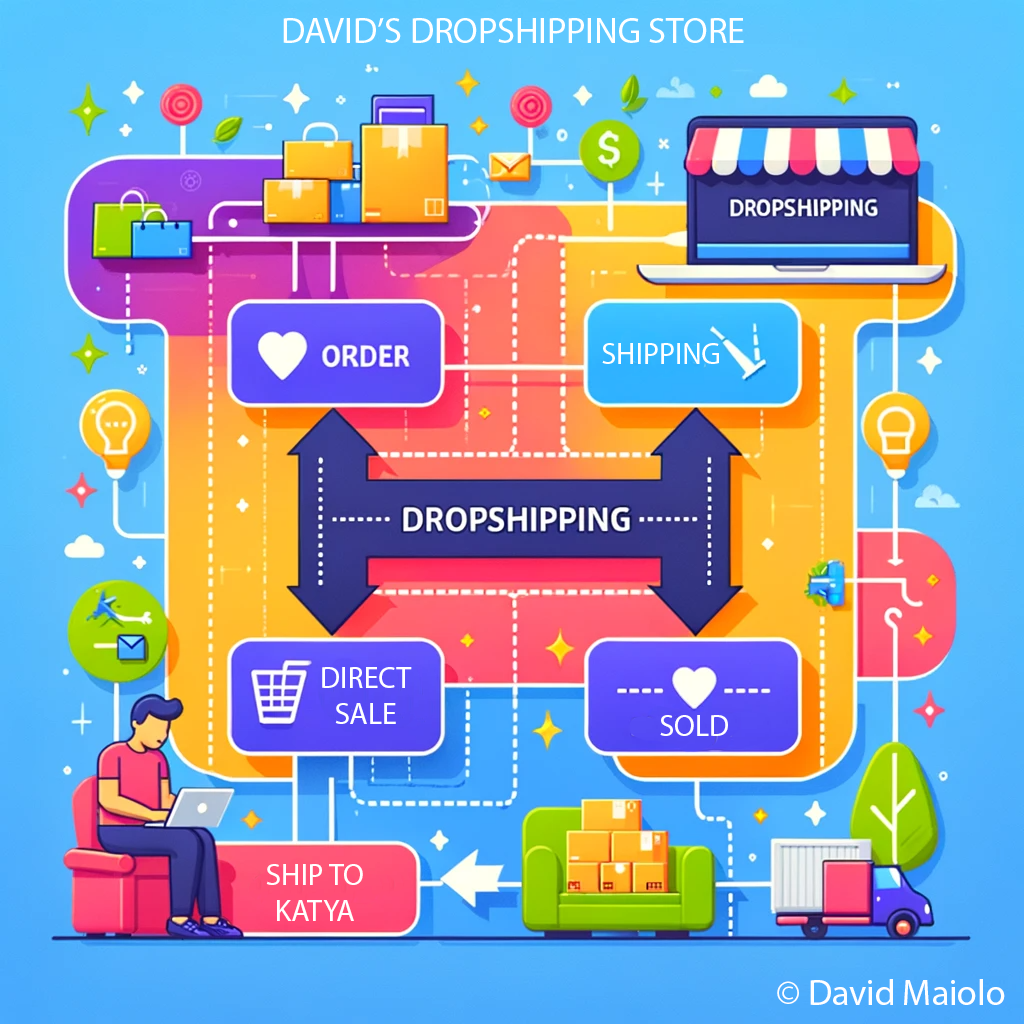
This guide is crafted to help entrepreneurs like Kay transition from traditional wholesale methods to a dropshipping model, retaining their business focus while optimizing for profitability and efficiency. Join me as we delve into this journey, providing practical insights and strategies to elevate your online boutique or Amazon store to new heights of success.
Stay tuned as we delve deeper into the steps and strategies for starting your own dropshipping clothing store, where I’ll share more about market research, identifying your niche, selecting a business model, and much more. This guide is designed to provide a roadmap for aspiring entrepreneurs looking to venture into this exciting and dynamic field. Let’s embark on this journey together!
Conducting Market Research
In the dynamic world of the clothing industry, conducting thorough market research is not just beneficial; it’s a necessity. Understanding market trends, customer preferences, and the competitive landscape is crucial for any business, but even more so in an industry driven by style and fast-changing trends.
Importance of Market Research in the Clothing Industry
Market research in the clothing industry is foundational for understanding what your potential customers want. It helps identify emerging trends, gauge demand for specific types of clothing, and understand the competitive landscape. This knowledge is vital for making informed decisions about product selection, pricing, and marketing strategies.
Tools and Methods for Effective Market Research
There are several tools and methods available for conducting effective market research. Online tools like Google Trends, social media analytics, and consumer behavior analysis platforms offer valuable insights into what consumers are looking for. Surveys and focus groups can also provide direct feedback from potential customers.
| Tool Name | Function | Application in Clothing Industry | Cost (if applicable) |
|---|---|---|---|
| Google Trends | Analyzes the popularity of top search queries | Identifying emerging fashion trends and popular search terms | Free |
| Social Media Analytics | Monitors social media engagement and trends | Understanding customer preferences and social media influence | Varies by platform |
| SurveyMonkey | Online survey development | Gathering direct customer feedback on styles and preferences | Free/Paid plans |
| SEMrush | SEO and market analysis | Competitive analysis and SEO for online visibility | Paid plans |
| Nielsen IQ | Consumer behavior analytics | Market segmentation and consumer purchasing habits | Paid plans |
| Jungle Scout | E-commerce product research | Identifying top-selling clothing items on platforms like Amazon | Paid plans |
| Ahrefs | SEO tools and resources | Keyword research and competitive analysis | Paid plans |
| BuzzSumo | Content and influencer analytics | Identifying trending topics and influential fashion content | Paid plans |
This table provides a comprehensive overview of the tools available for market research in the dropshipping clothing industry. Each tool offers unique insights and data that can be leveraged to make informed business decisions.
Interpreting Market Research to Inform Business Decisions
Interpreting the data from market research is as crucial as collecting it. This involves looking for patterns in consumer behavior, understanding the significance of emerging trends, and assessing the strengths and weaknesses of competitors. These insights should directly inform your business decisions, helping you to tailor your product offerings, marketing strategies, and even operational decisions to better align with market demands.
In conclusion, market research is an indispensable part of starting a successful dropshipping business in the clothing industry. It offers the insights needed to make informed decisions, stay ahead of trends, and meet customer expectations effectively.
Identifying Your Niche
The selection of a niche within the clothing market is a critical step in establishing a successful dropshipping business. A niche allows you to focus your efforts on a specific segment of the market, making your marketing more targeted and effective.
Importance of Selecting a Niche in the Clothing Market
Focusing on a niche helps to stand out in a crowded market. It allows for more personalized branding and marketing, which can resonate more deeply with a specific group of customers. This focus also helps in building a loyal customer base who are passionate about the particular style or type of clothing you offer.
Criteria to Consider When Choosing a Niche
When selecting your niche, consider factors such as market demand, competition level, your personal interests, and potential profitability. It’s important to choose a niche you are passionate about, as this passion will reflect in your business. Also, look for a niche with a balance of sufficient demand but not too much competition.
Identifying the right niche is not just about finding a gap in the market; it’s about finding a place where your passion and business potential meet. This can be the key to a fulfilling and successful venture in the dropshipping clothing industry.
Selecting a Business Model
Choosing the right business model is a critical decision in establishing a dropshipping store. Each model has its own set of advantages and considerations.
Overview of Different Dropshipping Models:
- Traditional Dropshipping: Involves selling products from suppliers without holding any inventory. It’s popular due to its low startup costs and ease of entry.
- Print-on-Demand: This model is focused on customizing products with unique designs when an order is made. It’s ideal for those who want to offer personalized or unique clothing items.
- Private Label: Involves creating your own brand on products sourced from manufacturers. This model requires more investment but offers higher margins and brand control.
Factors to Consider When Choosing a Business Model
When selecting a business model, consider factors like startup costs, control over product quality and branding, scalability, and your target market’s preferences. Each model has different implications for these aspects.
| Business Model | Startup Costs | Control Over Branding | Ease of Scalability | Ideal For |
|---|---|---|---|---|
| Traditional | Low | Low | High | Entrepreneurs starting with low budget |
| Print-on-Demand | Moderate | Moderate | Moderate | Creative individuals with unique designs |
| Private Label | High | High | Varies | Entrepreneurs seeking brand control and higher margins |
This comparison will help aspiring entrepreneurs make an informed decision about which model aligns best with their goals, budget, and vision for their dropshipping business.
Developing a Business Plan
A well-structured business plan is the backbone of any successful venture, including a dropshipping business. It serves as a roadmap for your business, outlining your goals, strategies, and how you plan to achieve them.
Essential Components of a Dropshipping Business Plan:
- Executive Summary: A concise overview of your business and its objectives.
- Market Analysis: Insights into your target market, competition, and industry trends.
- Product Selection: Details about the types of products you plan to offer.
- Marketing and Sales Strategy: Your approach to promoting and selling your products.
- Operations Plan: How you will manage the day-to-day operations.
- Financial Projections: A breakdown of your expected revenue, expenses, and profitability.
Tips for Creating a Thorough and Realistic Plan:
- Conduct comprehensive research to inform each section of your plan.
- Be realistic with your financial projections and timelines.
- Clearly define your unique value proposition.
- Regularly update your plan to reflect changes in the market or your business.
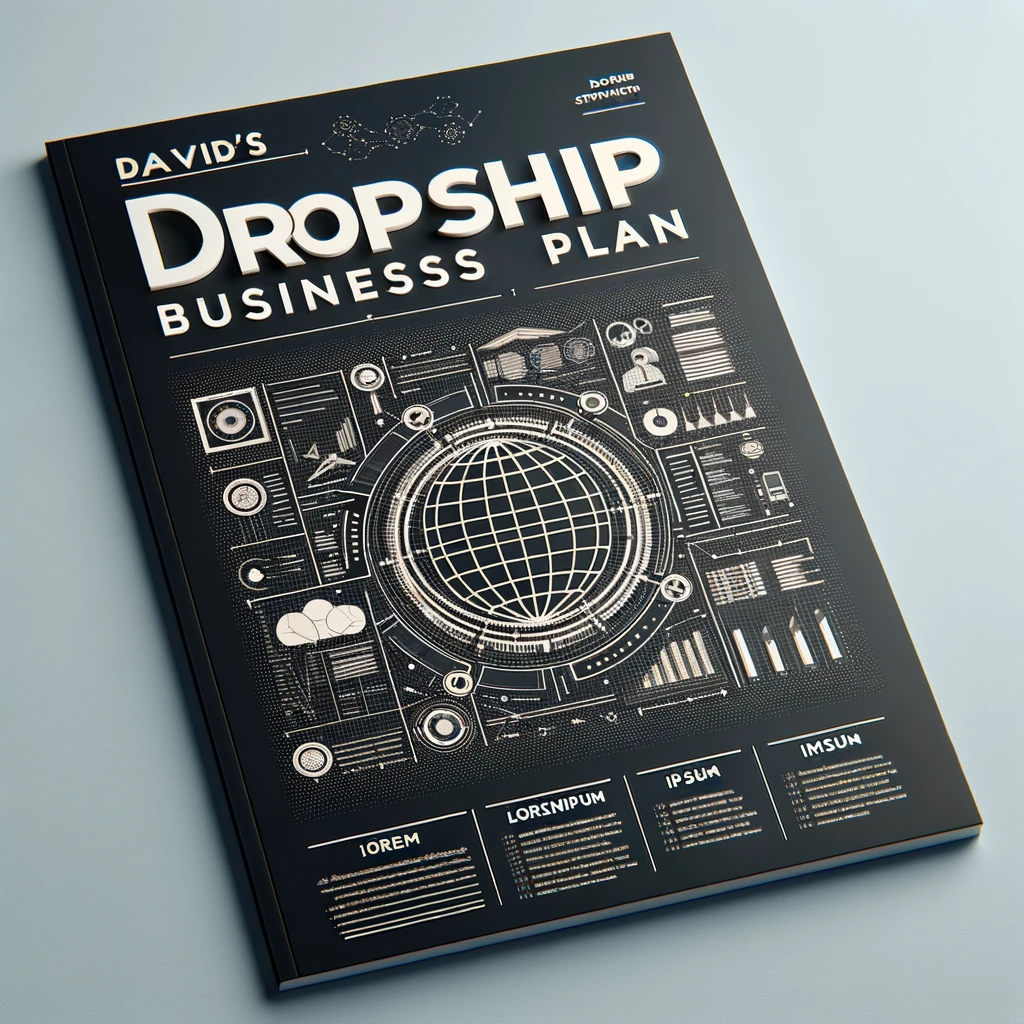
The creation of a thorough and realistic business plan is not just a formality; it’s a crucial step in laying a strong foundation for your dropshipping business.
Setting Up Your Online Store
Setting up an online store is a critical step in launching your dropshipping business. For this example, let’s focus on Shopify, a popular and user-friendly e-commerce platform.
Steps to Choose and Set Up an E-commerce Platform (Shopify)
- Sign Up for Shopify: Visit Shopify’s website and sign up for an account.
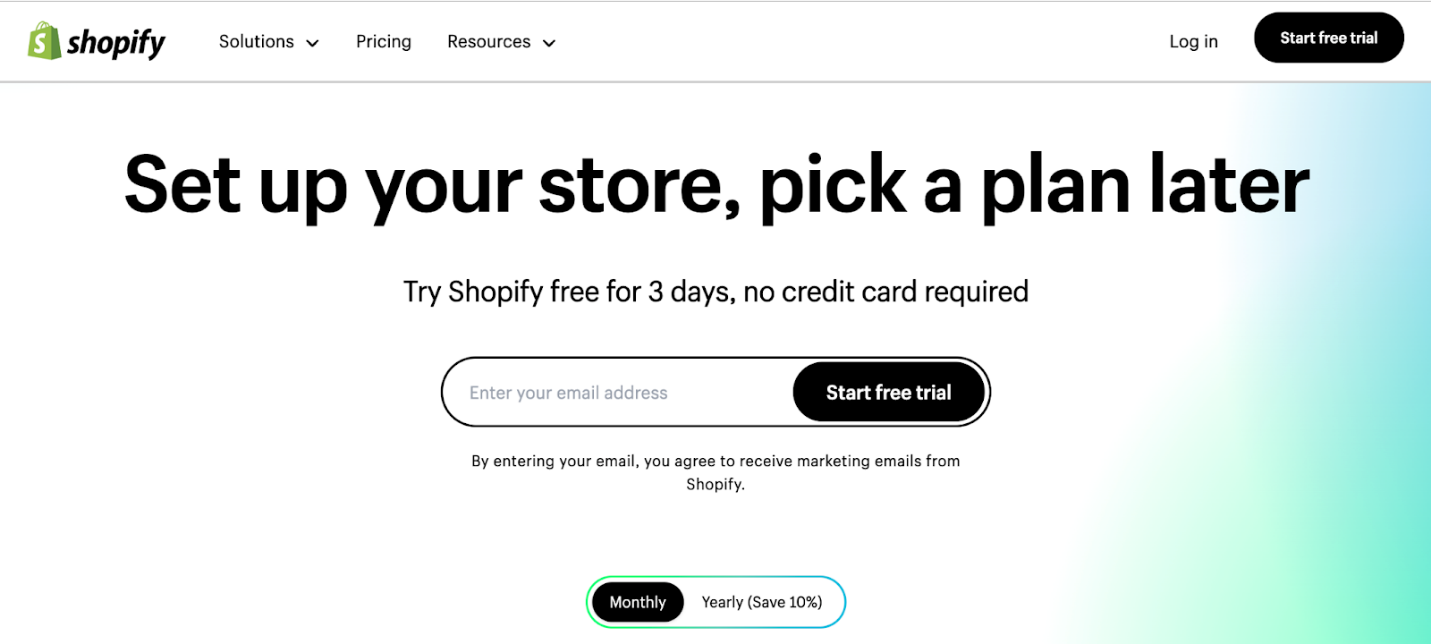
- Choose a Plan: Select a plan that suits your budget and business needs.
- Set Up Your Store: Customize your store’s settings, including payment options, shipping, and taxes.
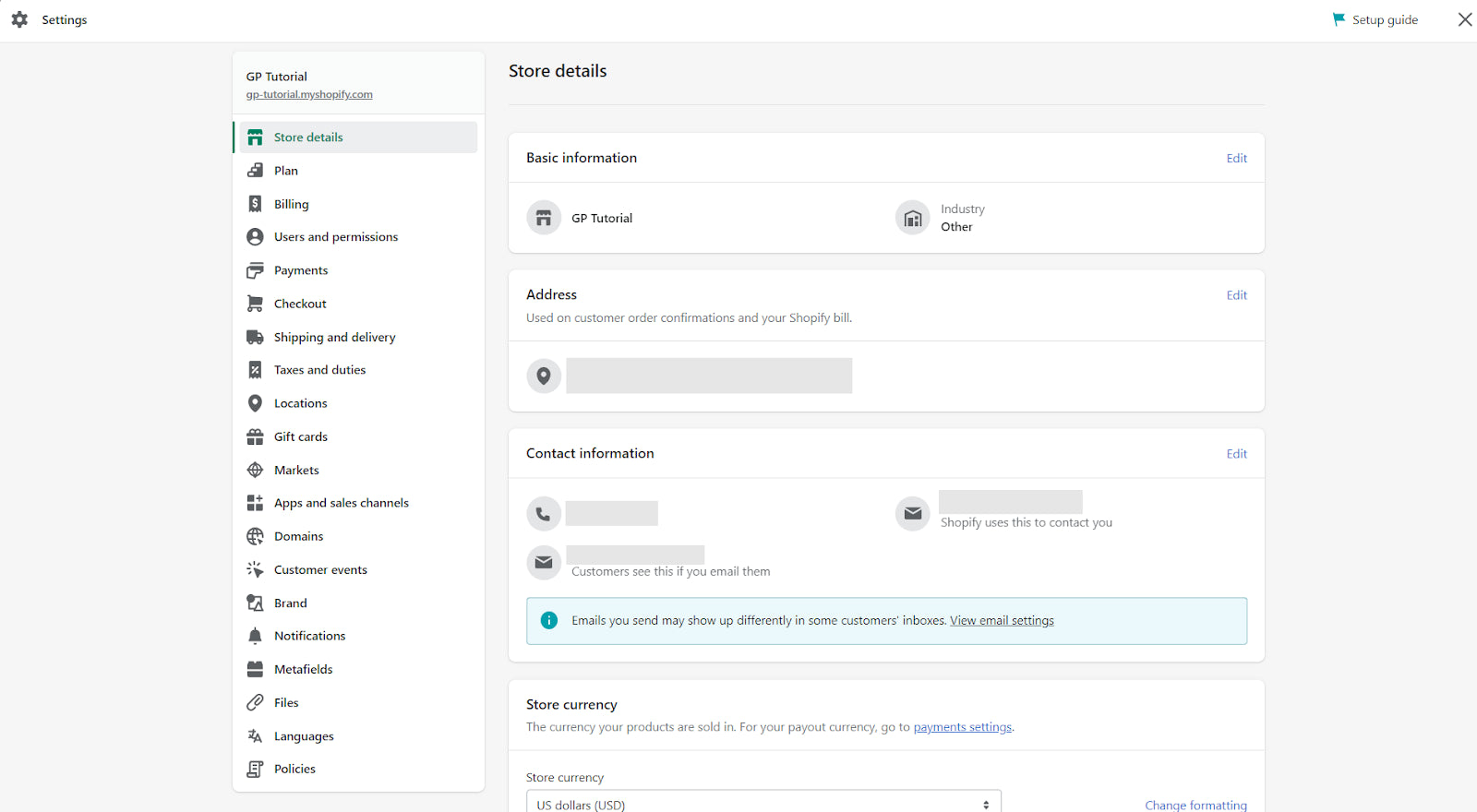
- Select a Theme: Choose a theme that aligns with your brand and customize it.
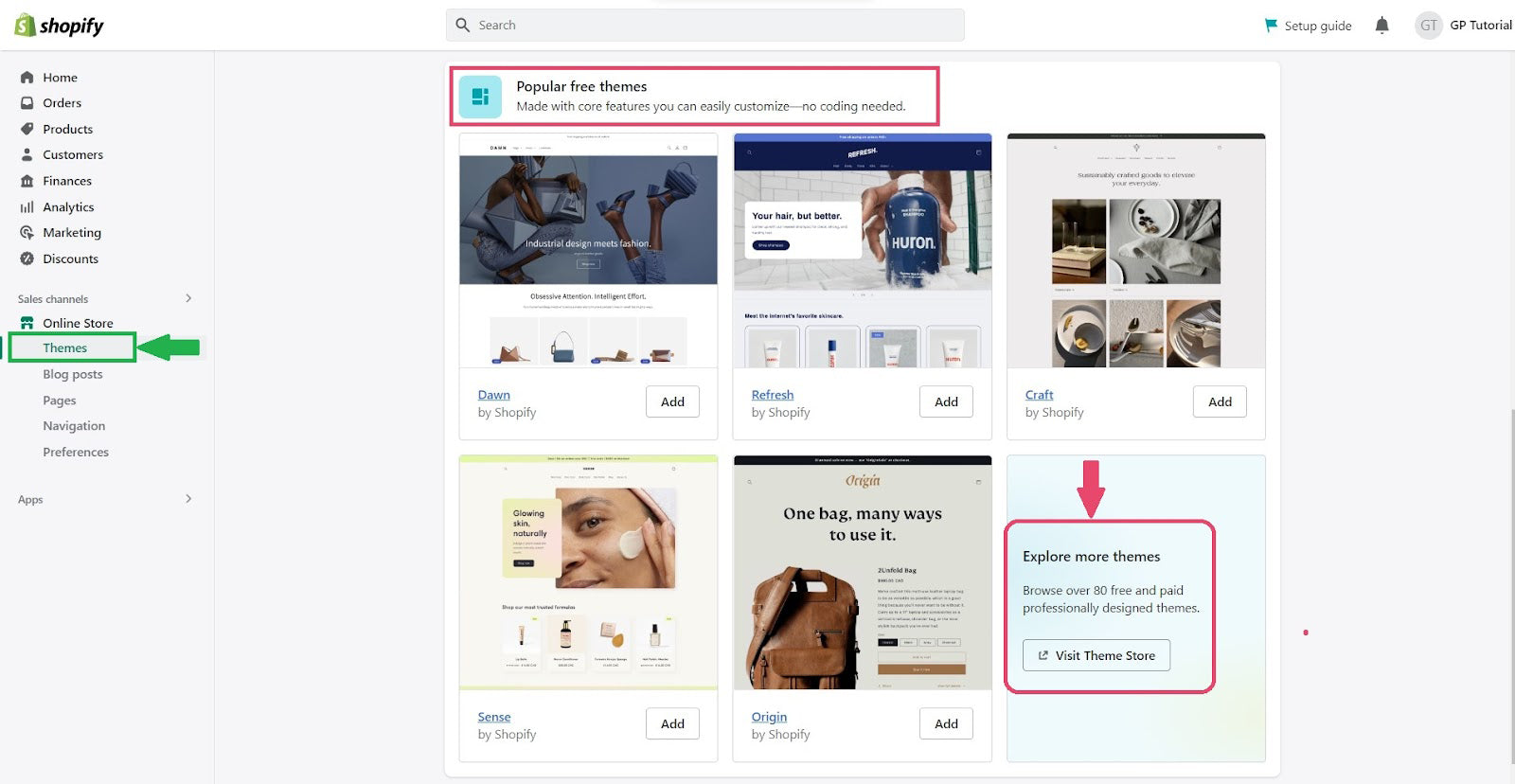
- Add Products: Upload your product details, images, and descriptions.
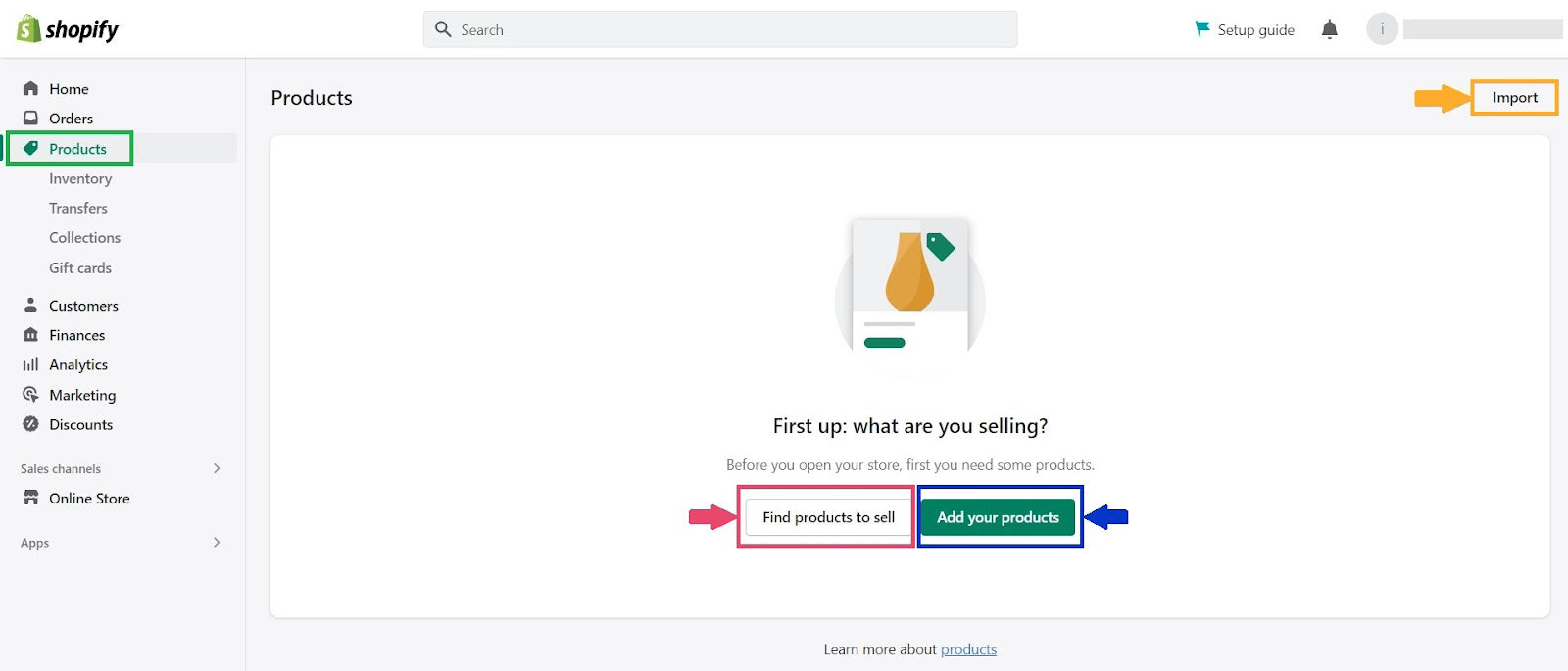
- Organize Products: Categorize your products into collections for easier navigation.
- Set Up Domain: Purchase a domain through Shopify or link an existing domain.
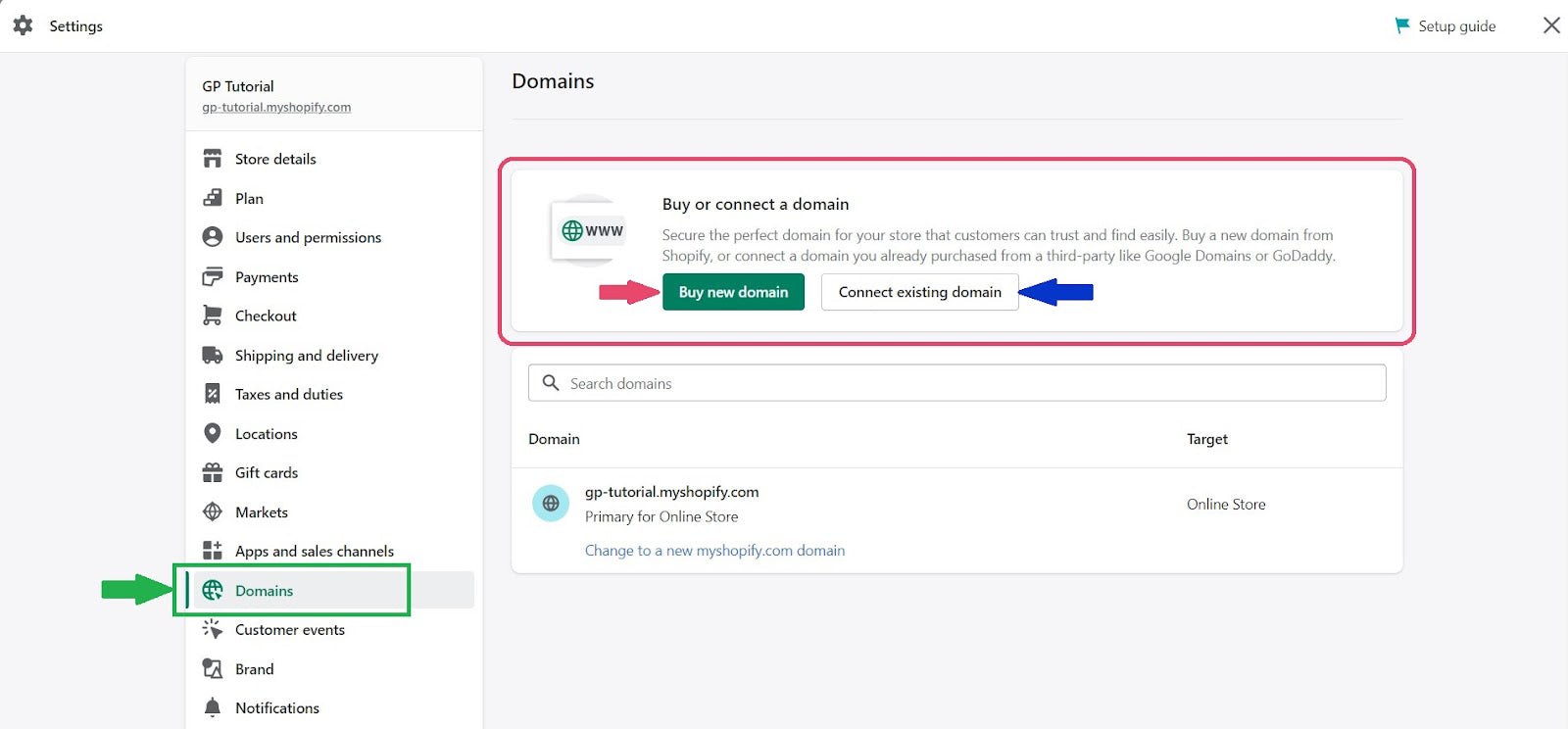
- Optimize for SEO: Use keywords and meta descriptions to make your store easily discoverable.
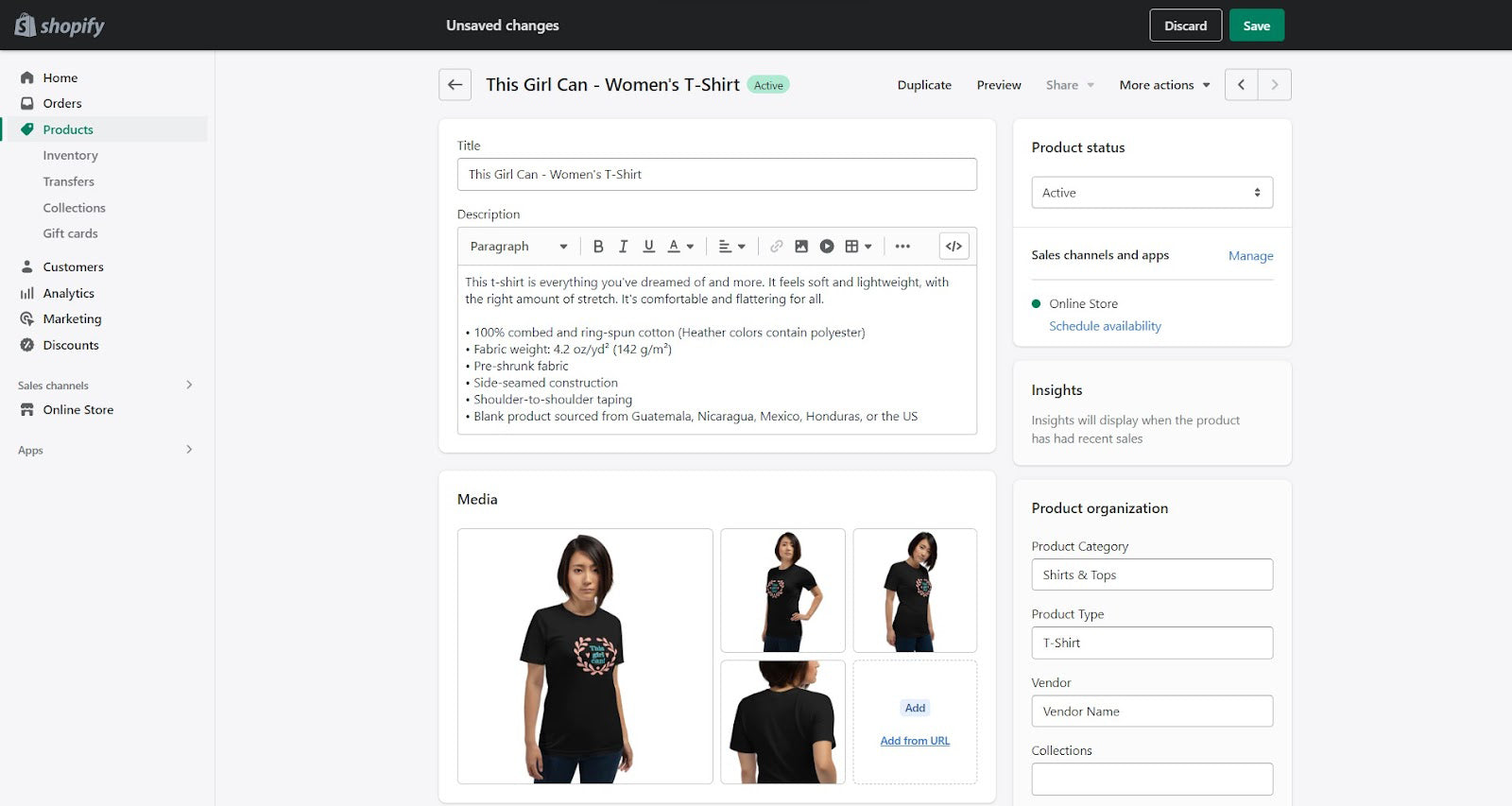
- Test Your Store: Conduct a test transaction to ensure everything is functioning correctly.
- Launch Your Store: Once everything is set up and tested, launch your store to the public.
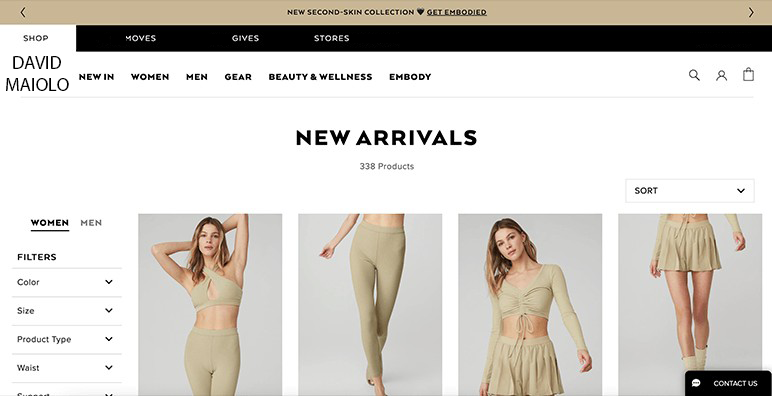
Advice on Domain Name Selection: Choose a domain name that is unique, memorable, and reflects your brand. Keep it short, easy to spell, and avoid using hyphens or numbers.
Setting up your store on Shopify or any other e-commerce platform requires careful attention to detail, but with the right approach, it can be a smooth and rewarding process.
Partnering with Manufacturers
Finding Dropshipping Companies & Suppliers for Your Ecommerce Store
When starting or expanding an ecommerce business, choosing the right dropshipping service is crucial. Dropshipping allows your business to sell products without stocking inventory. The supplier sends purchased items directly to the customer, bypassing your hands.

Best Dropshipping Suppliers
For high-quality products, consider these suppliers, with no particular order:
- Spocket: Connects retailers to suppliers in the USA and Europe.
- AliExpress Dropshipping: Offers a wide range of products, including electronics and apparel.
- Modalyst: Features trending brand names and is an AliExpress partner.
- SaleHoo: A well-known supplier directory with various niches.
- Doba: Allows searching and listing wholesale products.
- Wholesale2B: Integrates with various platforms and offers a vast product range.
- Worldwide Brands: A comprehensive directory of dropshippers and bulk distributors.
- Sunrise Wholesale: Offers general wholesale items.
- MegaGoods: Specializes in wholesale electronic and household items.
- Inventory Source: Provides access to numerous suppliers and syncs with your platform.
How to Spot a Fake Dropshipping Supplier
Beware of fake wholesalers. Red flags include minimum order sizes, pre-order fees, or ongoing fees. For legitimate operations, look for suppliers without these signs.
Dropshipping Automation
Companies like Spark Shipping specialize in automating the connection between ecommerce platforms and dropshippers.
FAQs About Dropshipping Suppliers:
- Supply Chain: Involves several stages from manufacturing to reaching the end consumer.
- Free Dropshippers: Many don’t charge fees except for product and shipping costs.
- Legality: Dropshipping is legal, but familiarize yourself with regulations.
- Profitability: It’s a low-risk model with potential profitability.
- Payment Methods: Suppliers often accept credit cards.
- Dropshipping on Amazon and eBay: Possible, but adhere to their policies.
- Handling Returns: Usually involves getting an RMA from the supplier.
In summary, selecting the right supplier is fundamental in dropshipping. Consider factors like product range, supplier reliability, and your ecommerce platform compatibility. Avoid scams by looking out for unrealistic fees and choose suppliers that align with your business model.
Sample Orders and Quality Checks
Ordering samples is a critical step in ensuring the quality of your dropshipping products. It allows you to physically evaluate the quality, fit, and overall appeal of the items before making them available to your customers.
Importance of Ordering Samples for Quality Assurance
Ordering samples helps you avoid the pitfalls of selling low-quality products. It gives you a firsthand look at what your customers will receive, ensuring that the products meet your standards and descriptions.
Process of Reviewing Samples and Providing Feedback:
- Evaluate the Quality: Check the material, stitching, and durability.
- Fit and Sizing: Ensure the sizes are accurate and fit as expected.
- Aesthetics: Assess the colors, prints, and overall look.
- Feedback: Provide detailed feedback to the manufacturer. Include any necessary changes or improvements.
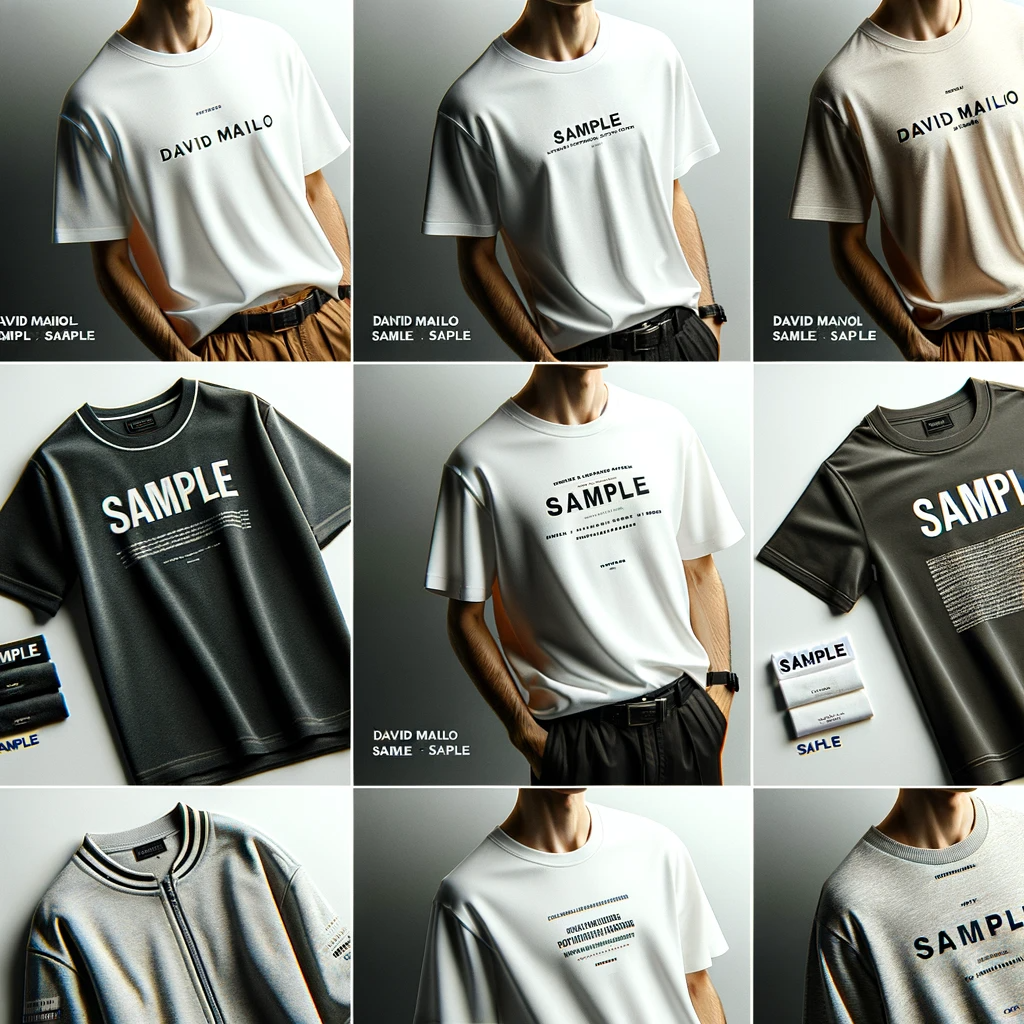
Conducting thorough quality checks on sample orders is essential for maintaining the integrity of your dropshipping business and ensuring customer satisfaction.
Marketing and Launching Your Store
Marketing your store effectively is key to attracting customers and driving sales. It’s important to leverage both social media and digital marketing strategies to reach your target audience.
Strategies for Marketing Your Dropshipping Store:
- Content Marketing: Create valuable and relevant content that appeals to your target audience.
- SEO: Optimize your website for search engines to improve visibility.
- Email Marketing: Build an email list to engage with customers directly.
- Influencer Partnerships: Collaborate with influencers who resonate with your brand.
Effective Use of Social Media and Digital Marketing
Utilize platforms like Instagram, Facebook, and Pinterest to showcase your products and engage with your audience. Paid advertising on these platforms can also be highly effective in reaching a broader audience.
Here is a sample timeline for a 6-month marketing strategy, including key milestones:
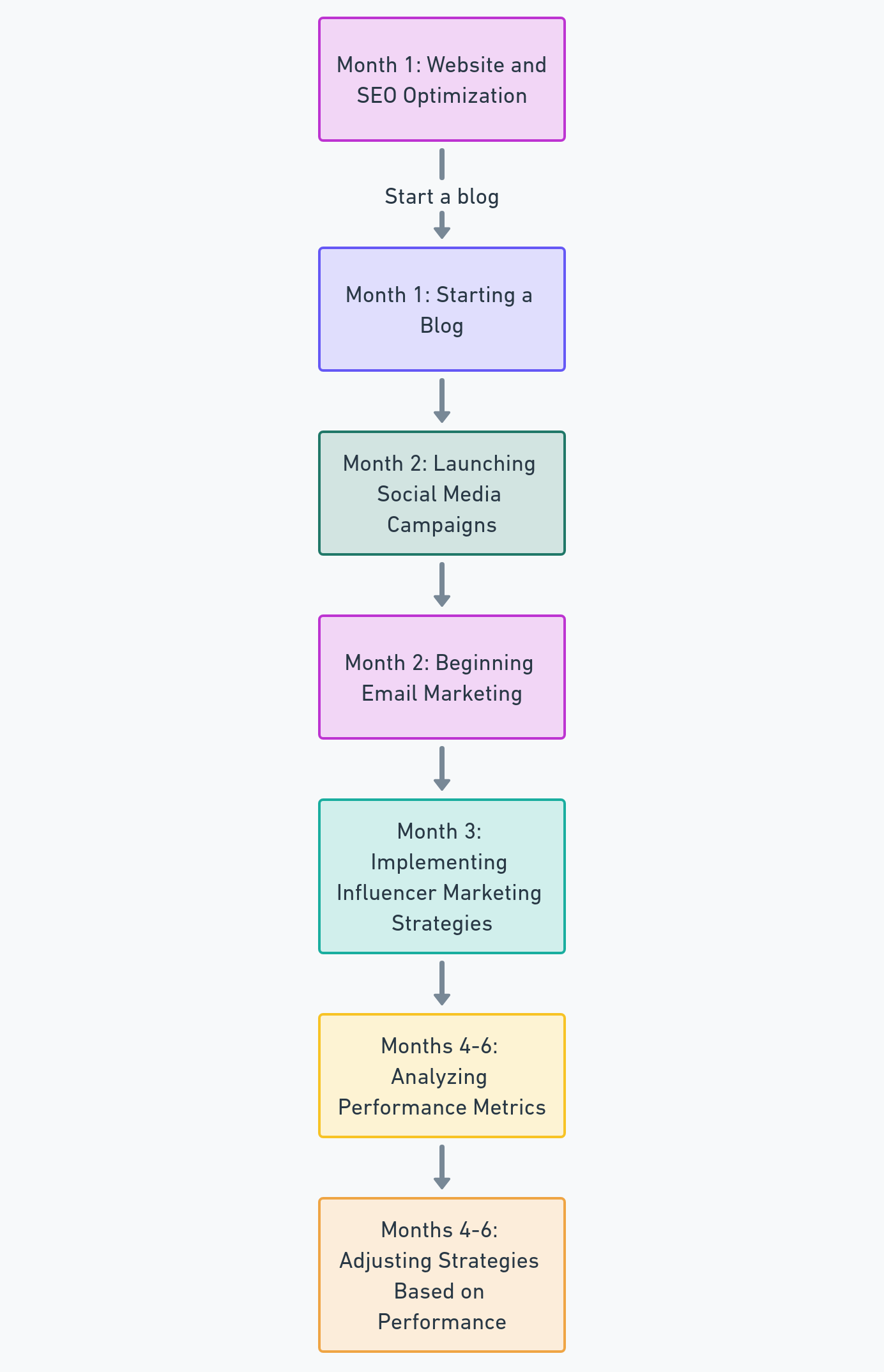
This timeline provides a structured approach to marketing and launching your store, ensuring you cover all essential aspects systematically for maximum impact.
Managing Operations and Customer Service
Effective operations management and customer service are vital for the success of your dropshipping business. They ensure customer satisfaction and efficient handling of orders.
Best Practices for Daily Operations Management:
- Automate Processes: Use software tools to automate order processing and inventory management.
- Monitor Supplier Performance: Regularly assess your suppliers to ensure they meet delivery and quality standards.
- Stay Organized: Keep detailed records of orders, customer queries, and inventory changes.
Ensuring a High Level of Customer Service:
- Responsive Support: Offer timely and helpful customer support.
- Clear Policies: Have clear and transparent shipping, return, and refund policies.
- Feedback Loop: Encourage and act on customer feedback to continuously improve your service.
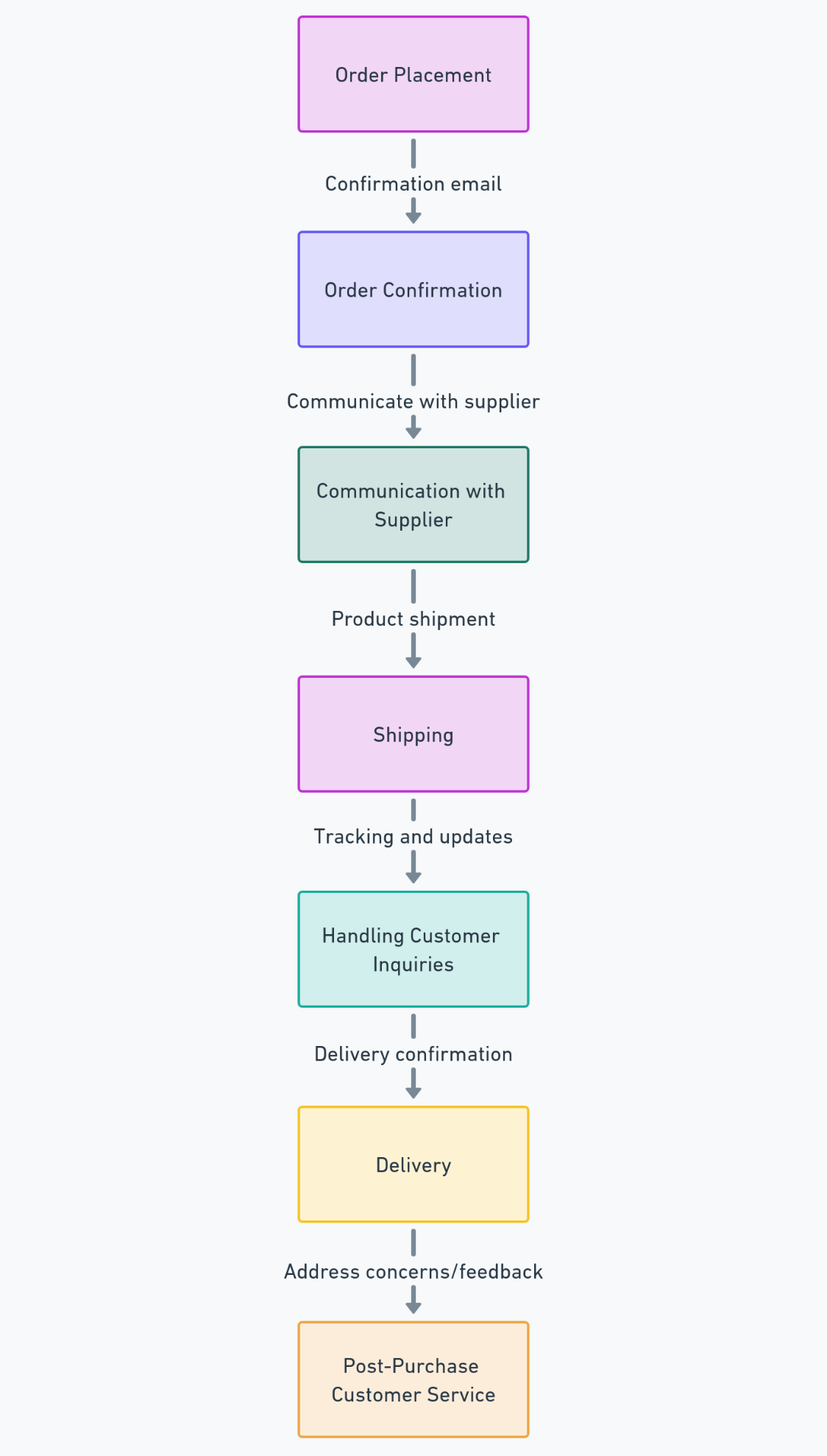
Maintaining efficient operations and providing exceptional customer service are crucial for building a loyal customer base and ensuring the smooth running of your dropshipping business.
Business Analysis and Growth Strategies
Regular analysis of business performance and strategizing for growth are key to the long-term success of your dropshipping business.
Techniques for Analyzing Business Performance:
- Sales Analysis: Regularly review your sales data to identify trends and areas for improvement.
- Customer Feedback: Utilize customer feedback to gauge satisfaction and identify potential changes.
- Financial Metrics: Keep a close eye on profitability, costs, and other financial metrics.
Ideas for Scaling and Expanding Your Business:
- Diversify Product Range: Consider expanding your product offerings to cater to wider customer interests.
- Explore New Markets: Look into selling in different regions or countries.
- Enhance Marketing Efforts: Increase your marketing activities or explore new channels to reach more customers.

Continuously analyzing and adapting your business strategies based on performance data is crucial for sustaining growth and staying competitive in the dropshipping market.
Case Study and Transformation into a Dropshipping Model: Pink Lily
Pink Lily, a successful online boutique, has become a go-to destination for trendy women’s clothing and accessories. They stand out due to their unique style, blending custom designs with popular fashion trends.

Key Strategies of Pink Lily:
- Branding: Strong emphasis on unique branding through customized graphics and logos.
- Inventory Management: Initially, they managed their own warehouse and inventory.
Transitioning to a Dropshipping Model:
- Supplier Collaboration:
- Find suppliers who allow customization of products.
- Create unique designs or logos to distinguish your brand.
- Direct-to-Consumer Approach:
- Focus on online sales through an ecommerce platform.
- Utilize social media for marketing and brand awareness.
- Reduced Overhead:
- Eliminate the need for warehousing by using dropshipping.
- Reinvest savings into marketing and product development.
Potential Suppliers
Here’s a table of potential suppliers that can help in creating a dropshipping store similar to Pink Lily, focusing on women’s clothing with options for customization and a variety of styles.
| Supplier Name | Key Features | Niche Focus | Fulfillment Location | Membership Fee | Website |
|---|---|---|---|---|---|
| My Online Fashion Store | Fast US shipping, large catalog, customization options, free returns, restocking twice a week | Women’s Clothing | US | $9/month (Free trial) | www.myonlinefashionstore.com |
| Printful | Print-on-demand, high-quality printing, branding services, global warehouses, same-day shipping | Custom Clothing | Global | Free | www.printful.com |
| Modalyst | Wide selection, easy integration, curated suppliers, global fulfillment, personal branding options | Various Categories | Global | $35/month | www.modalyst.co |
| Nordstrom | Designer clothing, high-quality products, fast shipping, no chargebacks, rewards program | Designer Brands | US, Canada | Free | www.nordstrom.com |
| Printify | Global network, customization options, user-friendly platform, embroidery options for paying subscribers | Custom Clothing | Global | $29/month | www.printify.com |
| Shein | Wide product range, reasonable refund policy, keeps up with fashion trends, free shipping options | Women’s Clothing | Global | Free | www.shein.com |
| FashionTIY | Daily stock updates, wide range of products, customization options for branding, fast shipping | Wholesale Supplier | US | Free | www.fashiontiy.com |
| BrandsDistribution | Designer brands, fast shipping, dedicated sales assistant, exclusive high-end products | Designer Brands | Italy | €99/month | www.brandsdistribution.com |
| Trendsi | Premium brands, free membership, no minimum order, built on Shopify, secure checkout options | Premium Brands | US | Free | www.trendsi.com |
| AliExpress | Massive range, supplier ratings and feedback, no upfront fees, expedited shipping options | Various Categories | Global | Free | www.aliexpress.com |
These suppliers offer a range of options, from high-end designer brands to customizable clothing and print-on-demand services. They are suitable for a dropshipping business model similar to Pink Lily, where you can sell directly to consumers without maintaining a physical inventory. Each supplier has its strengths, and your choice would depend on your specific business goals, target market, and the type of clothing you wish to offer.
Remember, integrating these suppliers into your business model requires careful consideration of product quality, shipping times, costs, margins, and ease of integration with your e-commerce platform. Conducting a thorough analysis of each option and starting with a small selection of products can help test their service quality and reliability.
Benefits of the Dropshipping Model:
- Scalability: Easier to scale without the constraints of inventory management.
- Flexibility: Quickly adapt to fashion trends and customer preferences.
- Lower Initial Investment: Reduced upfront costs compared to traditional retail models.
In summary, by adopting a dropshipping model while maintaining a strong branding and marketing strategy akin to Pink Lily, new entrepreneurs can create a successful online boutique with fewer barriers to entry and greater flexibility.
Conclusion
In summary, starting a dropshipping clothing store is a journey filled with learning, challenges, and opportunities. From conducting thorough market research to selecting a niche, creating a business plan, setting up an online store, partnering with reliable manufacturers, and implementing effective marketing strategies, each step is crucial for success. Remember, persistence and adaptability are key. I encourage aspiring entrepreneurs to embrace this journey with enthusiasm and resilience. The world of dropshipping offers immense potential for those willing to invest their time and efforts.
Additional Resources
For further learning and support, consider exploring the following resources:
- Shopify Blog: Offers insights on e-commerce and dropshipping.
- Alibaba Seller Central: Resource for finding manufacturers and suppliers.
- Google Analytics: Essential tool for analyzing website traffic and customer behavior.
- Moz Blog: Great for learning about SEO and online marketing.
- Social Media Examiner: Offers tips on using social media for business.
- HubSpot Academy: Provides free courses on digital marketing and sales.
- Dropshipping Communities on Reddit and LinkedIn: For networking and advice from experienced dropshippers.
- E-commerce Platforms’ User Forums: Such as Shopify and WooCommerce forums for specific platform-related support.
These resources can provide valuable guidance and community support as you embark on or continue your dropshipping journey.



Leave a Reply
Want to join the discussion?Feel free to contribute!